Will Malta End Up With More Or Fewer Trees? Dissecting The Numbers Behind The Central Link Project
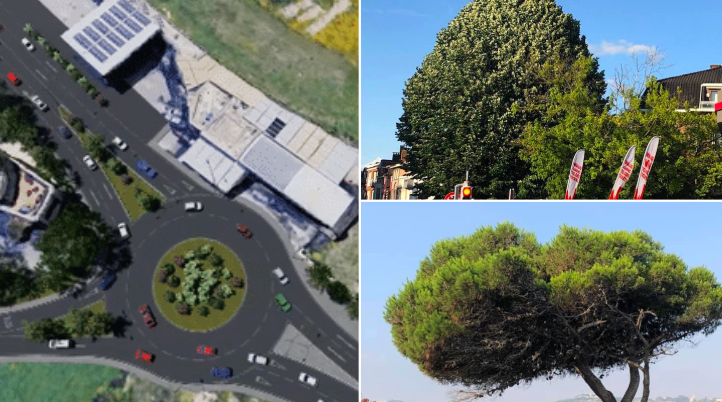
There’s no two ways about it. The Central Link road upgrade project between Attard and Rabat will result in one of Malta’s greatest tree massacres in recent years.
Hundreds of trees will be uprooted and several others transplanted elsewhere to make way for more tarmac in an attempt to clamp down on traffic congestion in the area. All actions have consequences and these must be weighed out before decisions are taken.
However, Prime Minister Joseph Muscat today tried to portray the Central Link project as a win-win situation. Not only will it alleviate traffic but it will result in a net total of even more trees, 220 to be exact. A project that will manage to increase the road network and make Malta greener? How on earth could anyone oppose this?
As usual though, the devil in the detail, and the detail in this case can be found in the Environmental Impact Assessment, conducted by the environment consultancy firm AIS Environment last March as part of the planning process.
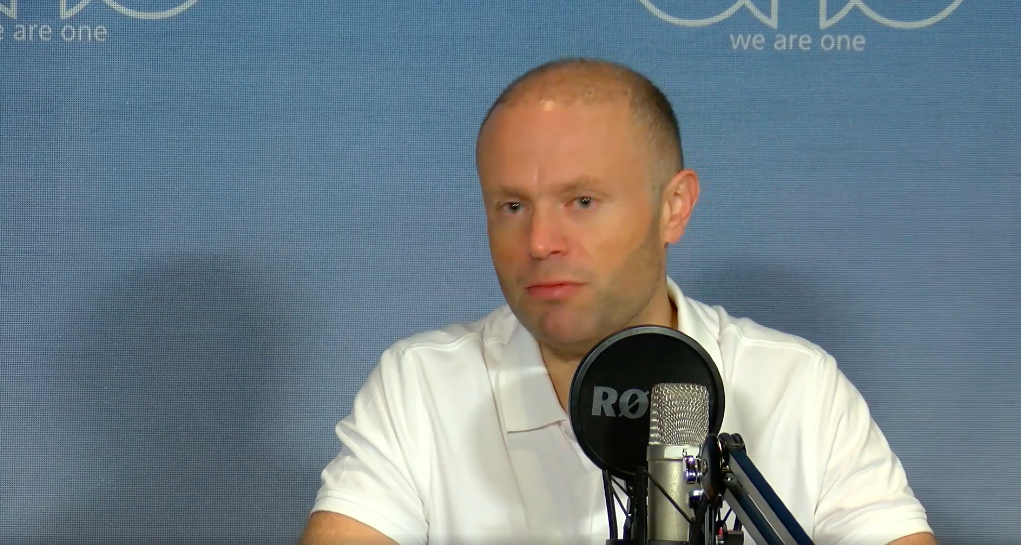
Prime Minister Joseph Muscat was interviewed by ONE Radio this morning
The chopping
The study is clear. The project will require the uprooting of 549 trees, including 272 scheduled as protected trees. These include 110 pine trees, 116 Italian cypresses, eight olive trees and a couple of fruit-bearing trees, such as three pomegranate trees, a plum tree and a pear tree.

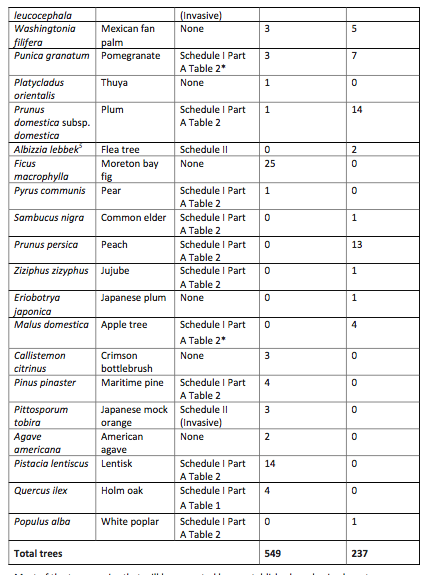
This is an eye-watering number, particularly for a small island like Malta that is crying out for more trees in urban spaces. Indeed, even the uprooting of a few trees (see the two Balzan trees uprooted in 2018) is cause for concern.
A further 237 trees will be transplanted to another site, but the study recommends that 55 of them, the invasive species, should instead be uprooted and replaced with indigenous trees.
The success rate of the tree transplantation remains a big question mark. While the vast majority of trees transplanted from the old Castille Square a few years ago survived the ordeal, the same cannot be said of the trees uprooted for the Kappara Junction project.
The study coyly refers to this problem by noting that “some species are unlikely to survive transplantation and therefore will be collected by appropriately registered waste carriers”.
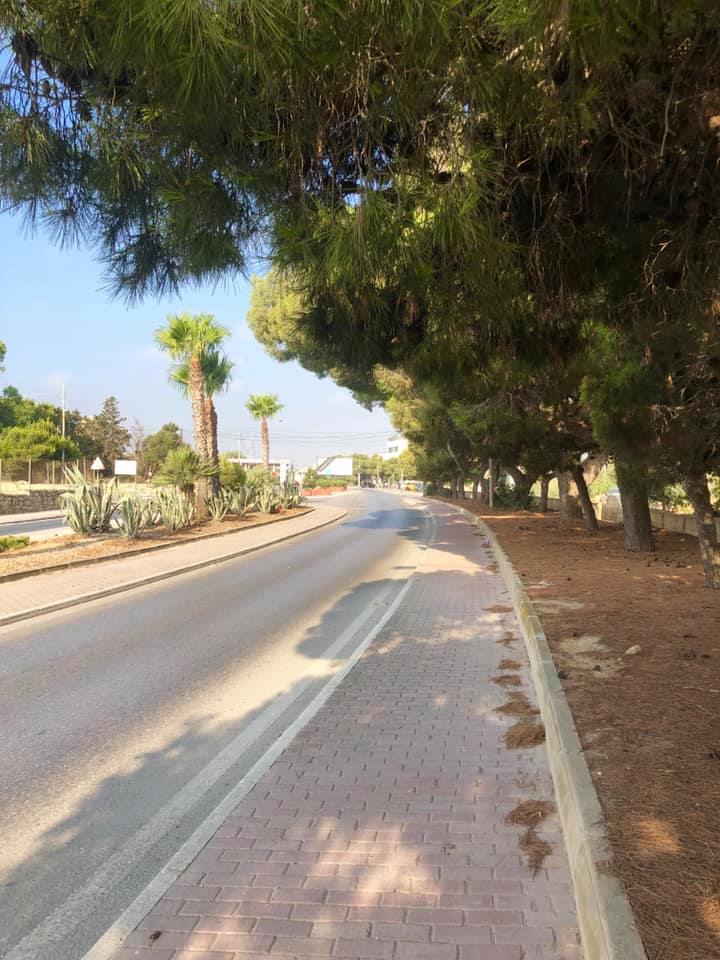
Photo: For Our Trees Facebook group
The replanting
The Environment and Resources Authority (ERA) states that at least one tree must be planted for each uprooted unprotected tree, five for each protected tree in some parts of Schedule I and ten for each in the other parts.
This would require the planting of 1,649 trees at the Central Link project. However, following detailed design and spacing considerations, the EIA determined that the minimum number of trees that can be planted along the scheme is equal to 766 trees. And going by the numbers quoted by Joseph Muscat this morning, it appears that Infrastructure Malta is indeed going for the minimum of 766 trees (766 new trees – 549 uprooted trees = 217 trees).
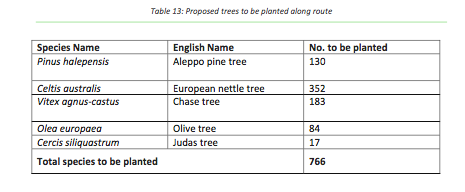
Although this will still be a shortfall in the number of trees that Infrastructure Malta is obliged to plant, the study notes that it has come to a compensation agreement with ERA that would see the infrastructure authority pay the environment authority €500 for every tree not planted.
Therefore, if Infrastructure Malta only plants 776 trees, it will have to pay ERA a grand total of €441,500.
ERA chairman Victor Axiak has been pilloried for voting in favour of the project, but this clause means he had a financial incentive to act the way he did.
In fact, the fewer trees Infrastructure Malta plants, the more money ERA will earn. Did Axiak take that into consideration when he voted in favour of the project?
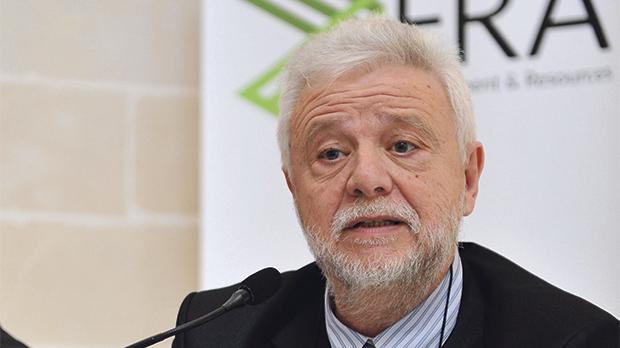
ERA chairman Victor Axiak
The verdict
While this all looks very neat on paper, there are a lot of ifs and buts. First of all, it is unknown what exactly will happen if Infrastructure Malta falls short of its commitment to plant 776 trees. Can it get out of it by simply paying ERA more money or will ERA be able, if not obliged, to sue them?
What if the transplanted trees fail? Will Infrastructure Malta be obliged to plant more trees to make up for them?
And what will become of the new trees once they’re replanted? They will need to be constantly monitored and cared for as they grow, and it’s fair to say that enforcement isn’t exactly one of Malta’s strengths.
For an example of what neglect can do to newly-planted trees, take a look at what happened last year to an afforestation project in Gozo.
And then there’s that other niggling reality. Many of the trees facing the chop have been around for decades and have established a long-term ecosystem. In the case of the pine trees, most of them were planted during the Second World War.
While the Central Link project will only take an estimated two years to complete, it will take several decades for the saplings to grow to the size of the current trees. Provided all other things are equal, the end result may be a net total of more trees, but many of us won’t ever get to see them. Is this a risk we’re willing to take?
Cover photo: Left photos of trees: For Our Trees – People Tied To Trees Facebook group